You are currently viewing SemiWiki as a guest which gives you limited access to the site. To view blog comments and experience other SemiWiki features you must be a registered member. Registration is fast, simple, and absolutely free so please,
join our community today!
Google Datacenterby Paul McLellan on 10-22-2012 at 5:42 pmCategories: General
In my blog about Intel’s latest results I linked to an interesting article in Wired about Google’s datacenters.
I happened to be browsing some websites in the Netherlands (actually I don’t speak a word of Dutch, a Dutch friend pointed it out to me) and there is an article showing how the pictures that accompany… Read More
The deadline is coming up at the end of next week (technically on Monday October 29th for those of you who like real brinkmanship) for several aspects of DAC (not submission of papers for the conference itself) but most of the less academic-oriented things.
Proposals for:
- Special Sessions
- Tutorials
- Panel sessions (in the conference
…
Read More
Intel announced its quarterly results a couple of days ago. They had previously downgraded 3rd quarter sales estimates but they managed to beat the downgraded numbers. If you look at the transcript of the call (I didn’t listen live) you’ll see very little mention of mobile and Atom. This is bad news for Intel. Its core… Read More
The early first generation analog standards all used a technique known as Frequency Division Multiple Access (FDMA). All this means is that each call was assigned its own frequency band in the radio spectrum. Since each band was only allocated to one phone, there was no interference between different calls. When a call finished… Read More
Virtuoso Has Twinsby Paul McLellan on 10-18-2012 at 6:01 pmCategories: Cadence, EDA
Cadence has apparently announced that going forward the Virtuoso environment is going to be split into two and offered as two separate code-streams, the current IC6.x and a new IC12.x. The idea is to introduce a new product with features that were specifically developed for new technologies such as double patterning aware layout… Read More
In all the discussion about iPhone versus Samsung, the profit leader and the volume leader in the handset business, there is way too much discussion about boring stuff like how many MIPS the A6 chips has and whether the maps are any good on iPhone (no) and is there enough 28nm capacity for Qualcomm. Boring.
The real question that everyone… Read More
At the Linley conference last week I ran into Gordon Brebner of Xilinx. He and I go a long way back. We had adjacent offices in Edinburgh University Computer Science Department back when we were doing our PhDs and conspiring to network the department’s Vax into the university network over a two-week vacation. We managed to … Read More
SpringSoft, soon to be part of Synopsys but officially still a separate company for now, just announced that Laker[SUP]3[/SUP], the third generation of their layout product family, is featured in TSMC’s 20nm Custom Reference Flow.
Laker 20nm advancements include new double patterning-aware design and voltage-dependent… Read More
In past years the Kaufman award, the most prestigious in EDA, has been announced around September and presented during a dinner in October or November in Silicon Valley. EDAC and CEDA, the sponsors of the award, have just announced that this time the award dinner will take place in Austin at the 50th DAC following the early Sunday … Read More
Mobile is one of the biggest markets for semiconductor, especially if you count not just mobile handsets but also the base-station infrastructure. No technology has ever been adopted so fast and so completely. There are approximately the same number of mobile phone accounts as there are people in the world. A few people have more… Read More


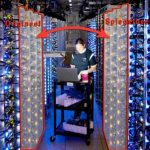
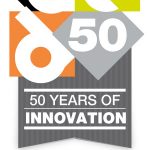

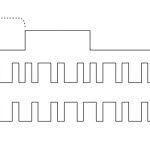
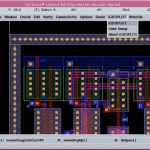
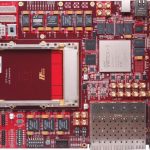
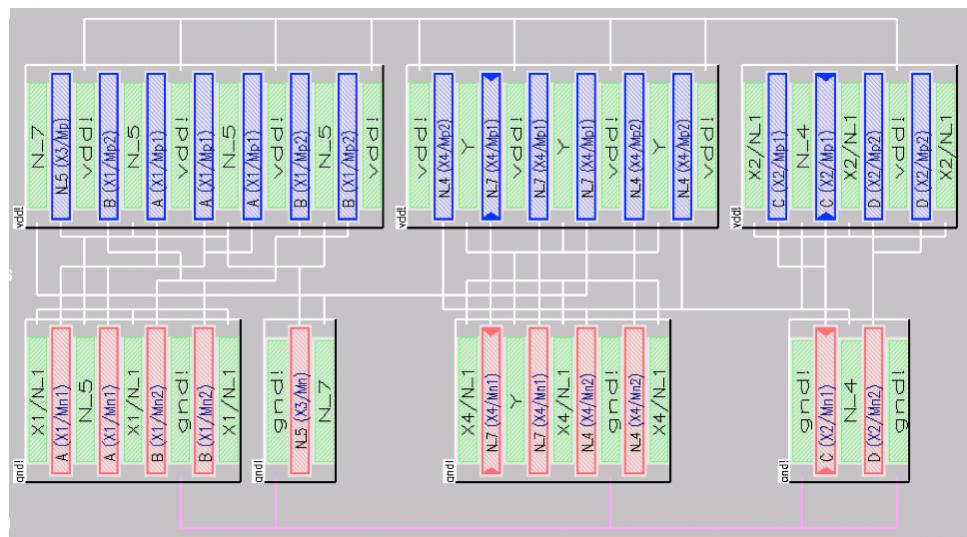





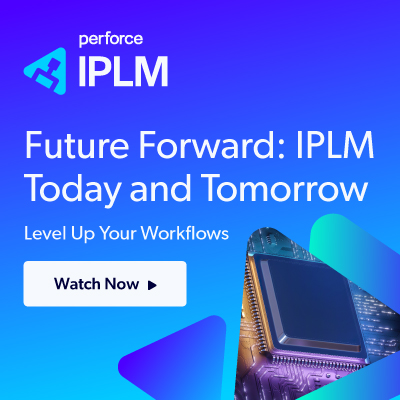



AI RTL Generation versus AI RTL Verification